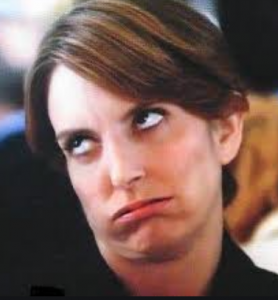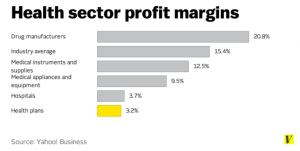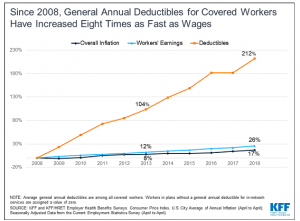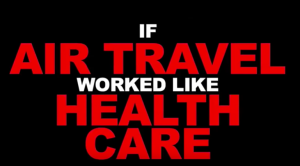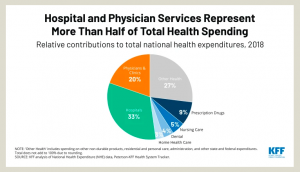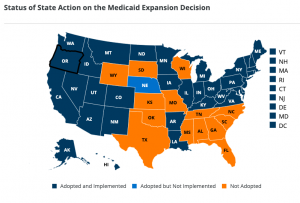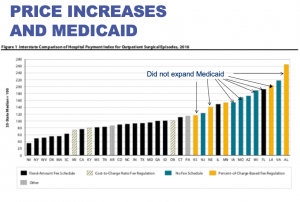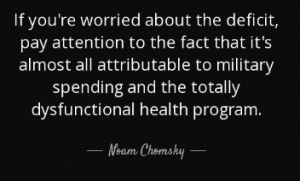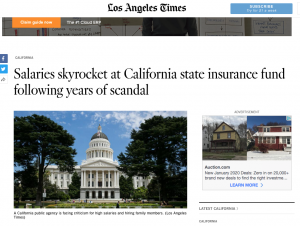One Call’s new owners just announced the hiring of Tom Warsop as the company’s new CEO, replacing Rone Baldwin.
Warsop, most recently CEO of TPA York Risk Services, will be the 4th CEO of OneCall since the company was formed by prior owner Apax. Unburdened of the crushing debt load that buried his two predecessors, Warsop was likely picked to revamp the troubled company. While no industry insider, he’s a very smart, insightful exec who learned a lot – and forced change – during his brief tenure at York. He also has deep experience in the tech side of things which will be quite useful in addressing Polaris.
(disclosure I did a brief consulting project with York some time ago; I was impressed with Warsop’s drive and engagement.)
So…what now?
Challenges abound – what to do about Polaris, the IT system always a few months from completion; the omni-present push to control costs; the hugely difficult ask of growing in a shrinking industry; well-entrenched and highly capable competitors. motivating and engaging a workforce worn down by a revolving C-suite, perpetual staff reductions, and increasing pressure to generate volume.
OneCall’s biggest “asset” is relief from the debt burden loaded on the company by former owner Apax. With about $150 million in annual debt service costs, it was darn near impossible for the business to make critical investments, upgrade technology, and incentivize staff AND keep bondholders happy.
I’d speculate there will be other management changes in the not too distant future as Warsop will almost certainly seek to bring in folks he knows from his past work at York and in the IT sector.
Note – I almost always ping One Call marketing prior to publishing stuff about the company. However, I’ve found the responses have been, well, not enlightening.

